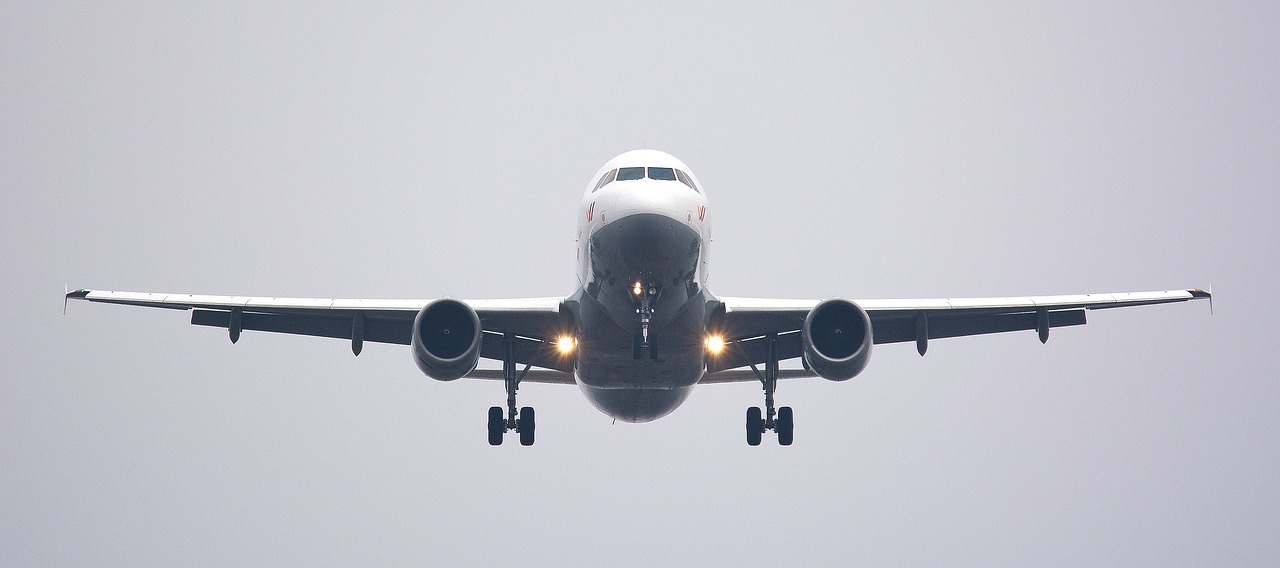
With continuing disruption to global shipping, 2021 has proven to be a stellar year for the air freight sector. Comparisons with 2020 aren’t reliable because of the adverse impact of Covid but volumes increased by 6.9% compared with 2019 according to IATA, the industry body and represented the second biggest year on year increase since the early 90’s.
Whilst price comparisons compared to inflated shipping rates remains favourable, capacity problems across the sector continue to keep yields high and unsurprisingly IATA’s director general – Willie Walsh – remains confident that 2022 will be another strong year for the air freight sector. One surprising piece of news came from Airbus who capitalised on the recent increase in demand by leasing out the cavernous BelugaST Transporter plane that it uses to transport its own wing sections between factories. Whilst not able to carry the heaviest payloads – that record still belongs to the Antonov 225 – it’s design makes it possible to load cargoes up to 7m high.
So what does 2022 hold?
Headwinds
- Similarly to shipping, available capacity remains a critical factor and differences exist across regions. Small increases in available US capacity are dwarfed by double digit decreases in Asia and the vital Asia Pacific tradelanes.
- Supply chain bottlenecks continue to cause delays and difficulties with Covid being the principle reason
- The economy – any squeeze on consumer confidence, improving the inventory to sales ratio could decrease demand and increase the attractiveness of sea freight lead times.
Tailwinds
- Higher sea freight rates continue to make air freight a cost competitive option with it’s significantly shorter lead time
- Demand for PPE remains high – which tends to deliver by air freight
As every economist knows, it’s challenging to predict the future, but in the current climate of high air rates it useful to consider other options. TCB Group offer a range of regional solutions that reduce air costs while maintaining the quick transit.
- Australasia by Air / Sea. Ex Europe origins to Australia and New Zealand combines a 1st leg air transit to Singapore and 2nd leg, LCL sea freight transit to destination. Comparable transit time and up to 30% reduction in air rates.
- SE Asia to UK and Ireland. Our consolidation services departing our Singapore hub and 1st leg options into Singapore by sea freight decrease rates and maintain a quick overall transit.
TCB Group Air Freight Services
Our air freight services are designed for quick turnarounds and just-in-time supply chains. These are ideal for urgent shipments, perishable goods and valuable items.
Across our hubs we operate air freight forwarding services to over 700 international airports, using 250 accredited airlines.
For more information about our air services or if you need a quote contact us today.